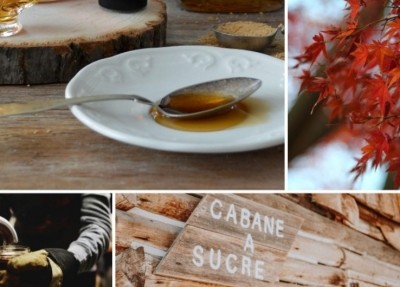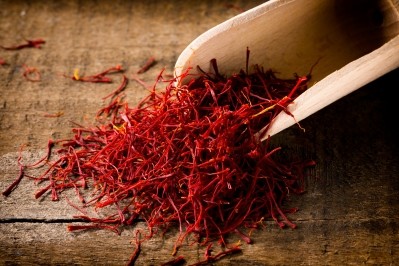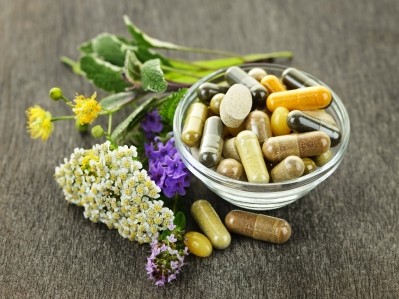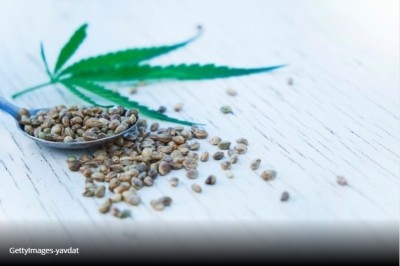Scientists advise athletes to consume edible flowers to satisfy dietary fibre recommendations

However daily consumption of one to two tablespoons (10-20g) of dried edible flowers at mealtimes is enough to satisfy the recommended daily allowance (RDA) of 25g, they write in Nutrients.
Consumption of fibre-rich food is associated with the general health status of the population and prevalence of chronic disease. Unfortunately, a large proportion of individuals struggle to achieve even minimum recommended levels, including athletes.
“Researchers and nutritionists suggest that with proper meal planning, an athlete can meet all of his nutritional needs with plant-based foods without sacrificing physical performance,” they say.
“Edible freeze-dried flowers can help supplement protein or dietary fibre, in addition, they can be easily added to a meal, eg a cocktail or yoghurt consumers after training.”
Versatile ingredient
Edible flowers have been consumed in China and Japan for thousands of years and although they are growing in popularity in Europe, raising awareness of health, flavour and aesthetic qualities is the key to widespread consumption, researchers say.
“It is therefore important to incorporate high-fibre and unprocessed foods that will be appealing to consumers,” the authors write.
Floral ingredients contain bioactive compounds, including polyphenols, and are a source of vitamins, essential oils, and antioxidants, especially when consumed fresh or minimally processed.
They are also extremely versatile and can be used as a garnish, in salads, dried (as infusions, for example), powdered, crystallised, or as a foam.
Valuable source of nutrients
The study shows that adding one to two tablespoons (10-20 g) of dried edible flowers to food at mealtimes may help prevent colorectal cancer by reducing gut retention time and toxin contact with intestinal mucosa.
Freeze-dried calendula and cornflower can be a valuable source of natural fibre and daily intake could help reduce the risk of cardiovascular disease as well as lower blood cholesterol levels. Increasing fibre intake also has a positive effect on postprandial blood glucose levels.
The authors point out that other flowers, notably magnolia, are a rich source of protein.
“It turns out that the much-underrated edible flowers can be an excellent source of fibre and protein.
“It is also worth remembering that fibre effectively contributes to the satiety effect after meals, which will be helpful in the treatment or prevention of obesity.”
Functional appeal
Herbaceous flowers in the Asteraceae family, such as marigold, cornflower, chicory, and the common daisy, had the highest content of total and insoluble fibre, as well as elderflower and magnolia.
Of these, the highest content of total fibre was found in the petals of marigold and the lowest in magnolia. Cornflower petals had the highest content of solution dietary fibre (SDF).
Researchers note that the content of SDF in elderflower (5.97 g/100 g) was more than four times higher than that in lilac (1.35 g/100 g).
Furthermore, they observed that woody plants of the Oleaceae variety are a rich source of protein; marigold flowers had the lowest protein content and magnolia the highest.
They conclude: “As well as being vegetarian and vegan, the visual appeal, due to a variety of colours and shapes, and the health-promoting properties of edible flowers fit well with the current trend promoting natural and healthy foods.
“The growing body of knowledge on the chemical composition and biological properties of edible flowers makes them attractive in the development of functional foods, eg bars for athletes; they meet dietary requirements as low-calorie food.”
Source: Nutrients
Published online: doi.org/10.3390/nu14122470
‘Edible Flowers as a Source of Dietary Fibre (Total, Insoluble and Soluble) as a Potential Athlete’s Dietary Supplement’
Karolina Jakubczyk, Klaudia Koprowska, Aleksandra Gottschling and Katarzyna Janda-Milczarek















